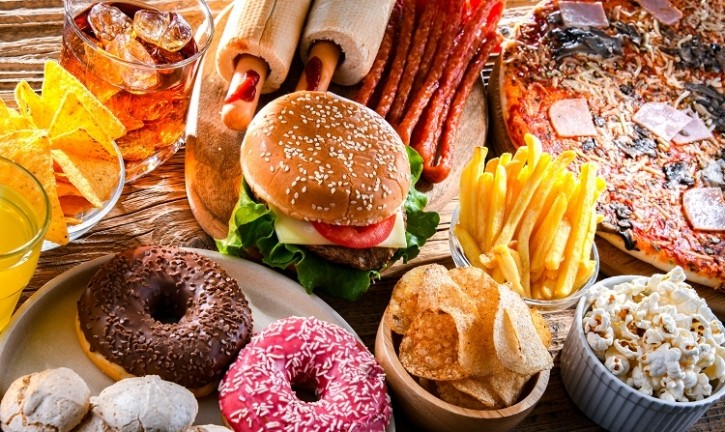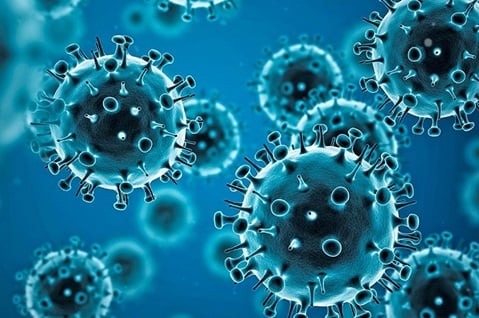Processed foods refer to any food that’s changed from its natural state. This can include food that was simply cut, washed, heated, pasteurized, canned, cooked, frozen, dried, dehydrated, mixed, or packaged. It also can include food that has added preservatives, nutrients, flavors, salts, sugars, or fats.
Usually, people think processed foods are “bad.” While there are a lot of processed options that are less nutritious, some processed foods are healthy.
A processed food is any food or drink that has been changed in some way when it’s made or prepared. Most foods we eat are processed in some way.

Processing can be used to:
- make foods safe, for example milk is pasteurized to remove harmful bacteria
- make foods suitable for use, such as pressing seeds to make oil
- preserve foods or help them last longer, such as tinned or frozen foods
- change how food tastes, such as adding salt or sweeteners
- create ready meals and snacks
Ultra-processed foods
Sometimes the term ultra-processed foods (UPF) is used to refer to some processed foods and drinks. These have been through more processing than other foods.
Ultra-processed foods often include ingredients you would not usually have at home, such as preservatives, sweeteners and emulsifiers.
Ultra-processed foods include things like:
- sweetened drinks
- crisps
- packaged cakes and biscuits
- ice cream
- sweets and chocolate
- some ready meals
- packaged meat pastries like pies and pasties
Can this Food Fit Into a Balanced, Healthy Diet?
- Read food labels. This is the best way to know exactly what’s in a processed food. Avoid items that are high in saturated fats and sodium and contain added sugars. Learn what to look for in the Nutrition Facts label, ingredients list, and other package claims.
- Enjoy frozen and canned produce. Frozen and canned beans, fruits and vegetables are convenient and affordable options. They can be just as nutritious as fresh produce. Look for varieties without salty sauces and sugary syrups. Compare the labels and choose items with the lowest amounts of sodium and added sugars.
- Look for the Heart-Check mark. The American Heart Association’s Heart-Check mark will help you find packaged foods that can be part a healthy eating pattern. This red and white icon on the package means the food meets specific nutrition requirements for certification.
- Make smart choices when ordering out. Choose restaurants where food is cooked to order or there are designated healthier menu options. Ask how food is prepared, which items are made to order in-house versus prepackaged, and if you can make substitutions. Request sauces, dressings and condiments on the side so you can decide how much is added.
Choose more unprocessed and minimally processed foods.
- Cook more meals at home. You don’t have to be a master chef to get your cook on! You can find lots of great recipes and brush up on your cooking skills online. Preparing food at home gives you control over what’s added. It can save you money and be a great family bonding time.
- Make a few simple swaps. Make your own simple vinaigrette instead of buying bottled salad dressing. Add fruit to plain oatmeal, cereal and yogurt instead of buying the sweetened or flavored kind. Slice up leftover roasted chicken or make a light tuna salad for sandwiches instead of using processed deli meat.
- Snack smarter. Think crunchy unsalted nuts and seeds, cut-up veggies, fruits that hit the sweet spot, and easy homemade popcorn. Package these healthier snacks in small containers and they’re just as convenient as that bag of chips!
For more updates on health click here!



